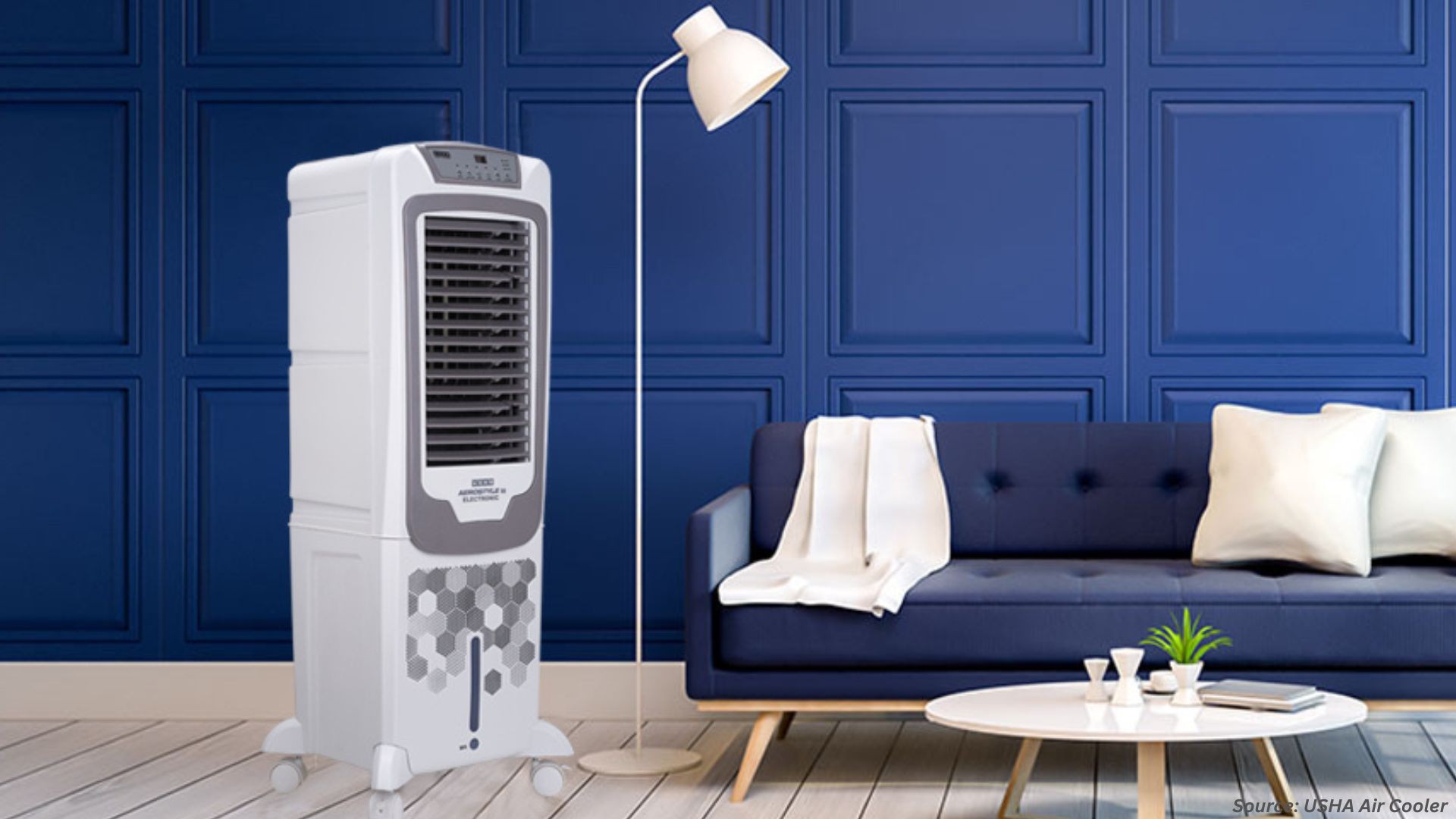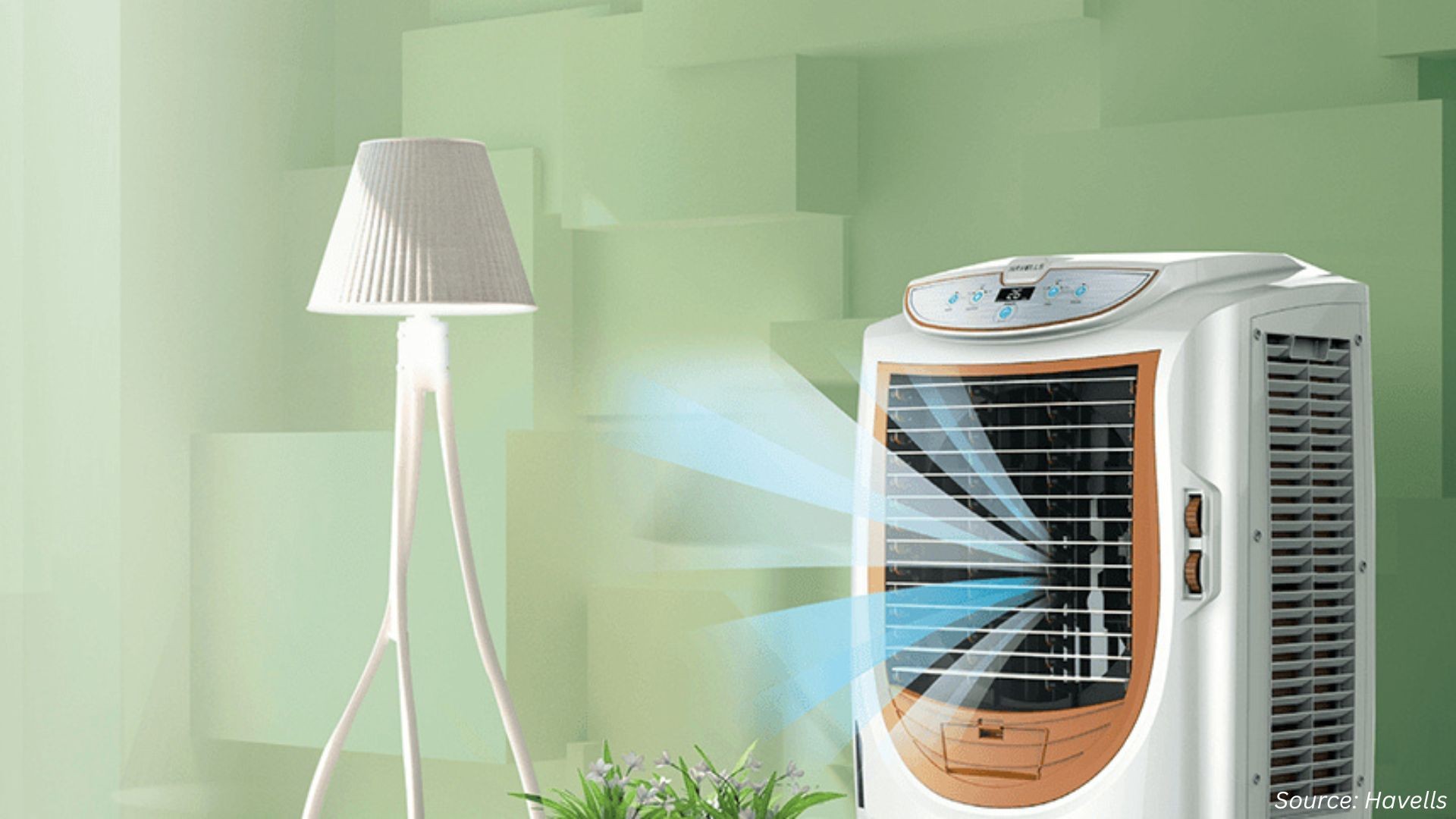What’s Shaping the Consumer Audio Market in 2025?
Published: 2025-09-24

The Consumer Audio Market is buzzing with innovation, strategic shifts, and evolving consumer preferences. From high-fidelity headphones to immersive soundbars, brands are adapting to meet demands for quality, personalization, and seamless integration.
But what exactly is driving this dynamic industry in 2025? Let’s dive into the trends, challenges, and opportunities shaping the consumer audio landscape from 2024 and 2025.
Why Are Major Brands Restructuring Their Audio Portfolios?
The consumer audio market is witnessing significant restructuring as companies realign to focus on core strengths. A prime example is Masimo Corporation’s sale of its Sound United consumer audio business to Harman International for $350 million in cash, announced in 2025. This move allows Masimo to refocus on its core professional healthcare segment, following its $1.025 billion acquisition of Sound United in 2022, which included brands like Bowers & Wilkins, Denon, and Marantz.
Harman, a Samsung Electronics subsidiary since 2016, aims to bolster its audio portfolio by integrating Masimo’s brands with its existing lineup, including JBL, AKG, and Mark Levinson. This acquisition is expected to strengthen Harman’s position in key categories like home audio, headphones, hi-fi components, and car audio, with the global consumer audio market projected to grow to $219.22 billion by 2030.
Key Drivers of Restructuring
-
Strategic Focus: Masimo’s divestiture reflects a broader trend of companies exiting non-core businesses to streamline operations and boost profitability.
-
Market Growth Opportunities: Harman’s acquisition aligns with the projected 14% market growth by 2030, driven by demand for premium audio products.
-
Brand Synergies: Combining Masimo’s and Harman’s iconic brands enhances product offerings and consumer choices.
The consumer audio market is seeing strategic realignments, with Masimo’s $350 million sale to Harman highlighting a focus on core competencies and market expansion. This sets the stage for intensified competition and innovation.
How Are New Products Redefining Home Audio?
Innovation in product design and technology is a cornerstone of the consumer audio market in 2025. Marshall, traditionally known for amplifiers and professional music equipment, has entered the home audio space with its Heston 120 soundbar, launched in June 2025 for $999. This soundbar features Dolby Atmos, DTS:X, and Wi-Fi streaming compatibility with AirPlay, Google Cast, and Spotify Connect, catering to both music and TV enthusiasts.
The Heston 120’s 11 speakers deliver rich bass and support advanced audio codecs like ALAC, FLAC, and Ogg Vorbis, appealing to audiophiles. Its repairable design, with replaceable parts like drivers and circuit boards, also aligns with growing consumer demand for sustainable products.
Product Innovation Highlights
-
Immersive Audio: Dolby Atmos and DTS:X enhance spatial audio experiences for home cinema.
-
Sustainability: Repairable components address environmental concerns, a rising priority for consumers.
-
Versatility: Compatibility with multiple streaming platforms and analog inputs broadens appeal.
Marshall’s Heston 120 soundbar exemplifies how brands are pushing boundaries with immersive, sustainable, and versatile audio products to capture the growing home audio market.
What Challenges Are Audio Brands Facing in 2025?
Despite growth, the consumer audio market faces challenges, as evidenced by Boult Audio’s 37% net profit decline in FY24, despite a 41% revenue increase to Rs 702 crore. Rising costs in materials (up 25% to Rs 402 crore), advertising (up 74% to Rs 162 crore), and post-supply discounts (up 84% to Rs 70 crore) outpaced revenue growth, squeezing margins.
Masimo’s lowered 2025 profit forecast, partly due to tariffs, further highlights external pressures like trade policies impacting profitability.
Key Challenges
-
Rising Costs: Material, advertising, and discount expenses are eroding profit margins.
-
Trade Tariffs: Increased tariffs are affecting financial forecasts, as seen with Masimo.
-
Competition: Intense market competition requires heavy investment in branding and innovation.
Cost pressures, tariffs, and competition are significant hurdles for audio brands, necessitating strategic cost management and innovation to maintain profitability.

How Is Audio Shaping Retail Experiences?
Audio is becoming a powerful tool in retail, enhancing in-store consumer experiences. Strategic use of music and branded audio content influences customer behavior, dwell time, and brand loyalty. Retailers are leveraging audio out-of-home (OOH) ads to educate consumers and boost sales, with examples like a Dal brand using audio ads to highlight product differences.
Technology is enabling personalized audio experiences, with smart scheduling systems adjusting music based on demographics or time of day. Some retailers offer interactive features, like jukebox apps, allowing customers to select in-store playlists.
Audio’s Retail Impact
-
Mood Setting: Music tempo and volume influence browsing time and customer comfort.
-
Brand Reinforcement: Custom playlists and jingles strengthen brand identity.
-
Personalization: Technology enables tailored audio experiences, enhancing engagement.
Audio content is transforming retail by creating immersive, personalized experiences that drive customer engagement and sales.
What Does the Future Hold for the Consumer Audio Market?
The consumer audio market is poised for growth, with a projected increase to $219 billion by 2030. Strategic acquisitions, innovative products, and audio’s role in retail underscore a vibrant industry. However, brands must navigate rising costs, tariffs, and competition to sustain profitability. The focus on sustainability, personalization, and immersive technologies will likely define the market’s trajectory.
Market Outlook
-
Growth Projection: $219 billion by 2030.
-
Innovation Focus: Sustainable and versatile products like Marshall’s Heston 120 will drive demand.
-
Retail Integration: Audio’s role in enhancing in-store experiences will grow with technological advancements.
The consumer audio market is set for robust growth, fueled by innovation and strategic shifts, but brands must address cost and competitive challenges to thrive.
Next Steps for Stakeholders
To capitalize on the consumer audio market’s opportunities, stakeholders can take these actionable steps:
-
Invest in Innovation: Develop products with immersive audio and sustainable features, like Marshall’s Heston 120, to meet consumer demands.
-
Optimize Costs: Implement cost-management strategies to counter rising material and advertising expenses, as seen with Boult Audio.
-
Enhance Retail Audio: Use branded audio and smart scheduling to boost in-store engagement and sales.
-
Monitor Market Trends: Stay informed on acquisitions and market projections to align strategies with growth opportunities.
-
Address Tariffs: Plan for potential trade policy impacts, as highlighted by Masimo’s lowered profit forecast.
About the Author
 Sneha Chakraborty, a skilled SEO Executive and Content Writer with over 4 years in digital marketing, excels in boosting online visibility and engagement with data-driven strategies and compelling content. Passionate about simplifying digital ideas, she enjoys reading, sketching, and nature photography.
Sneha Chakraborty, a skilled SEO Executive and Content Writer with over 4 years in digital marketing, excels in boosting online visibility and engagement with data-driven strategies and compelling content. Passionate about simplifying digital ideas, she enjoys reading, sketching, and nature photography.
About the Reviewer
 Sanyukta Deb is a skilled Content Writer and Digital Marketing Team Leader, specializing in online visibility strategies and data-driven campaigns. She excels at creating audience-focused content that boosts brand presence and engagement, while also pursuing creative projects and design interests.
Sanyukta Deb is a skilled Content Writer and Digital Marketing Team Leader, specializing in online visibility strategies and data-driven campaigns. She excels at creating audience-focused content that boosts brand presence and engagement, while also pursuing creative projects and design interests.
















Add Comment